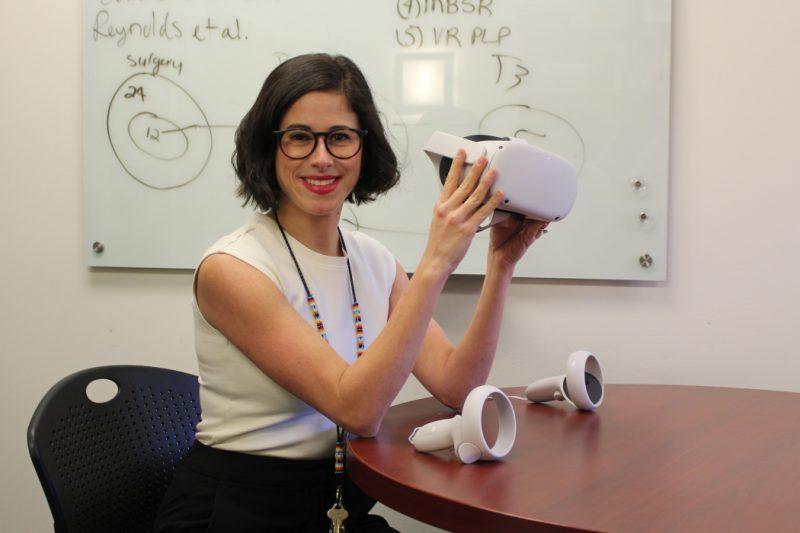The new study was carried out by the Vision Loss Expert Group, led by Professor Bourne, who is also a professor of ophthalmology at Anglia Ruskin University (ARU) . Researchers analysed data from 169 different studies from across the world to calculate figures in several defined regions for treatment coverage of distance and near refractive error.
The research found that while adequate treatment coverage of distance refractive error – conditions such as myopia, astigmatism, or moderate to severe hyperopia – had increased by 19% since 2000, only 43% of all adults over the age of 50 are receiving simple treatments for these conditions, with the number at 21% coverage for those with problems of nearsight, known as presbyopia.
Treatment coverage for distance refractive error varied worldwide, from 79% in the defined ‘high income’ region, including countries such as the United States, to just 5.7% in Sub-Saharan Africa.
The study also highlighted a gender gap in all defined regions of the world, with lower levels of coverage in women.
The WHO aims to increase the treatment coverage for distance refractive error by 40 percentage points by 2030, and Professor Bourne will present evidence from the study at the United Nations (UN) Headquarters in New York today during the launch of the first WHO Report of the 2030 targets of effective coverage of eye care.
Professor Bourne said:
Eye care research informs major WHO report - Cambridge University Hospitals
Read More

No comments:
Post a Comment